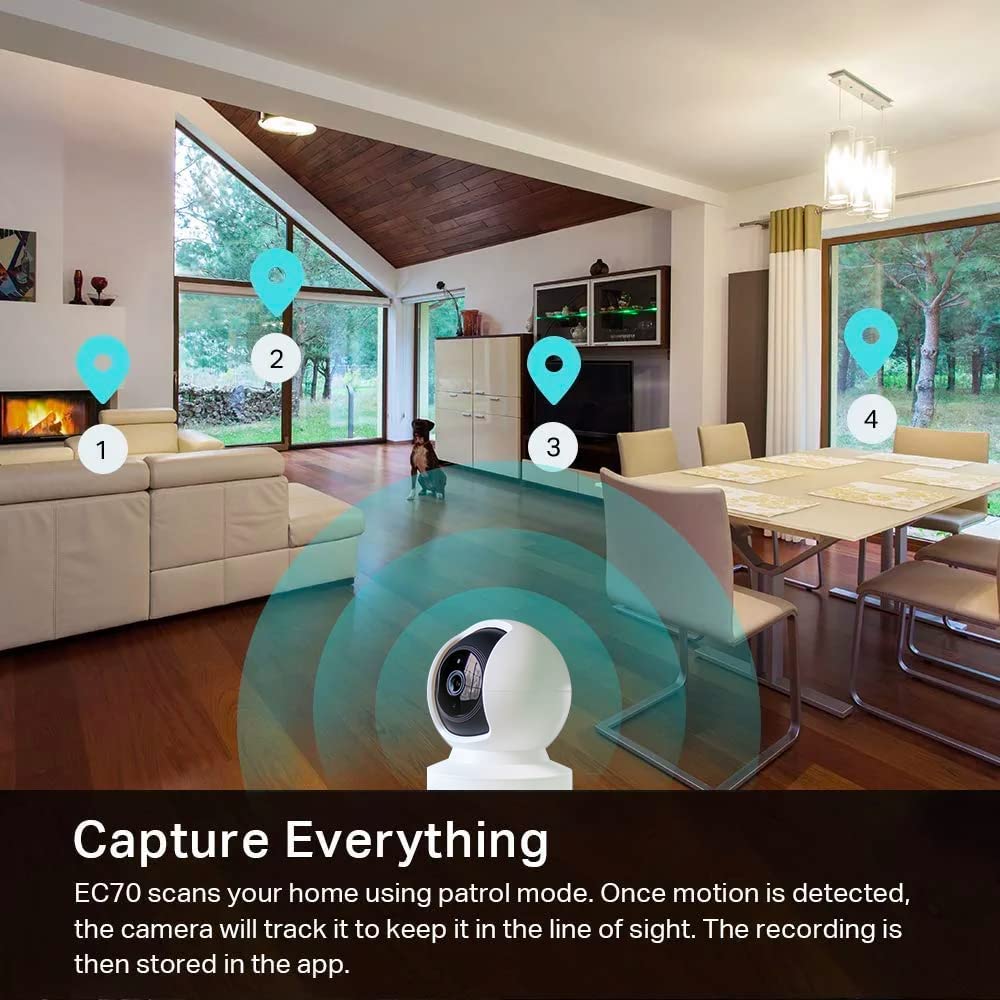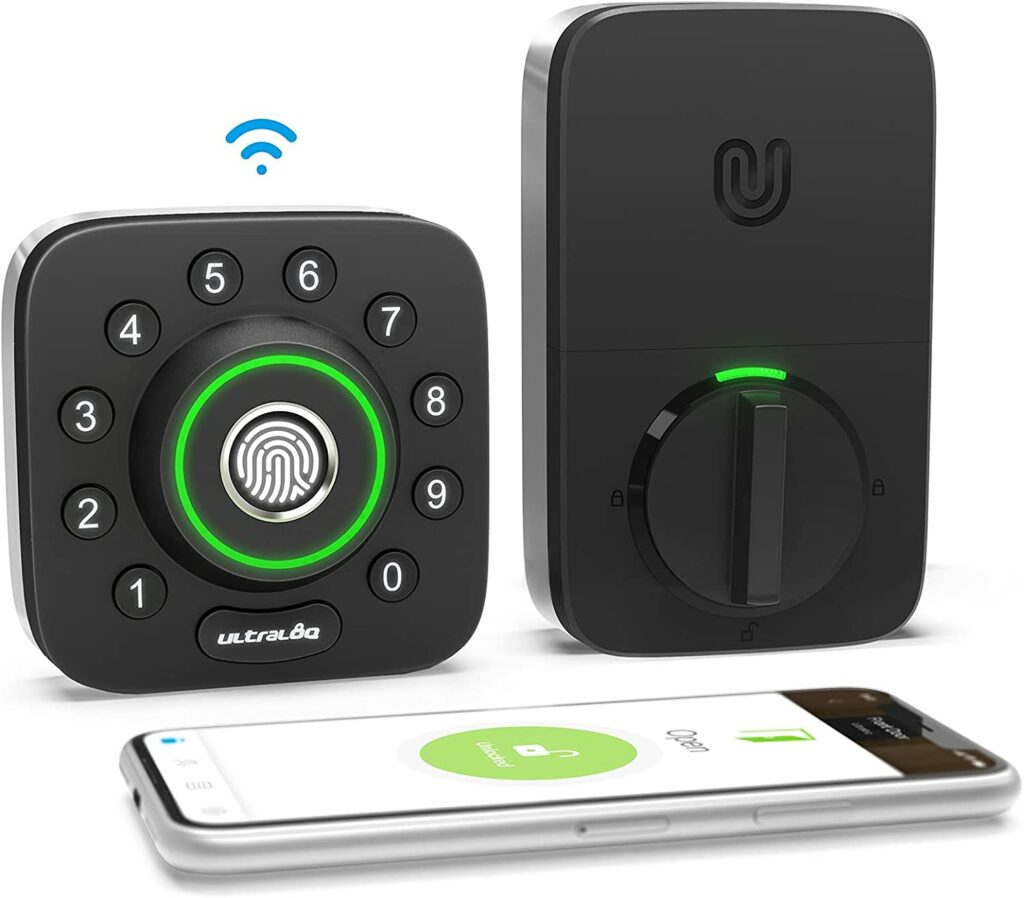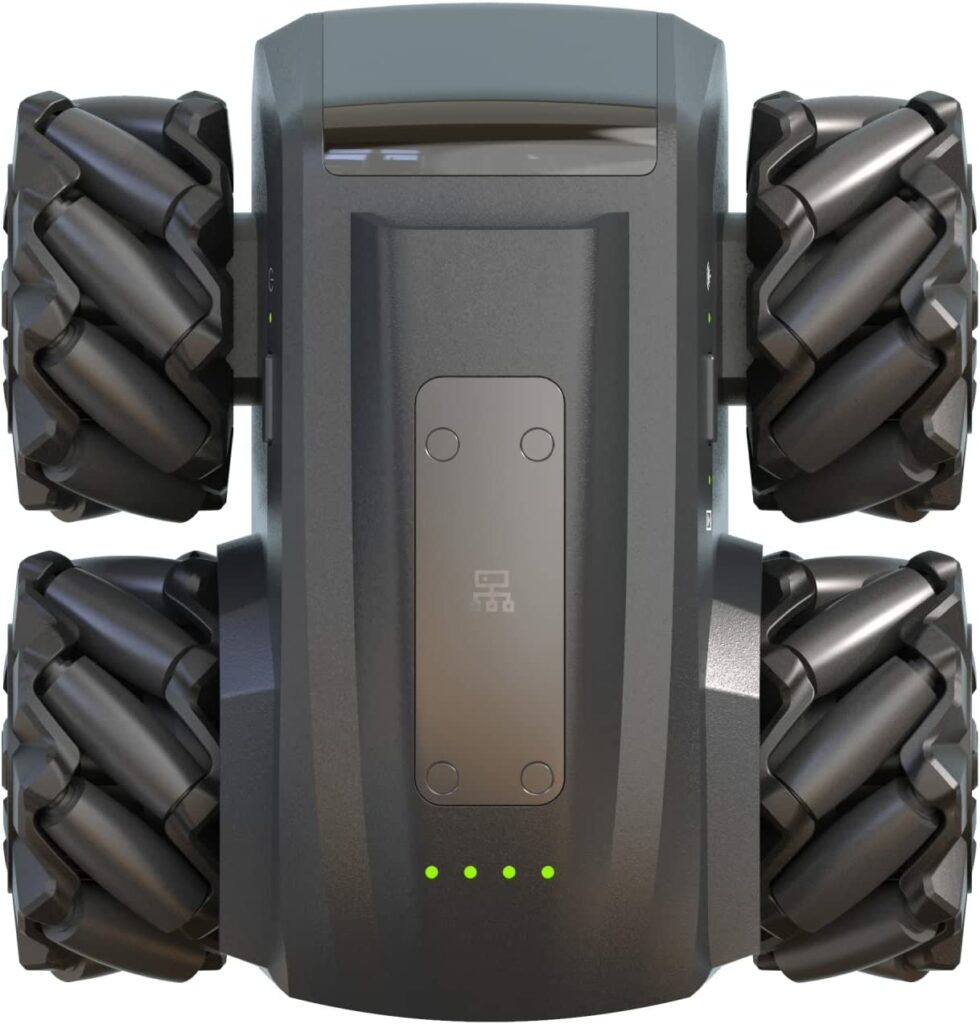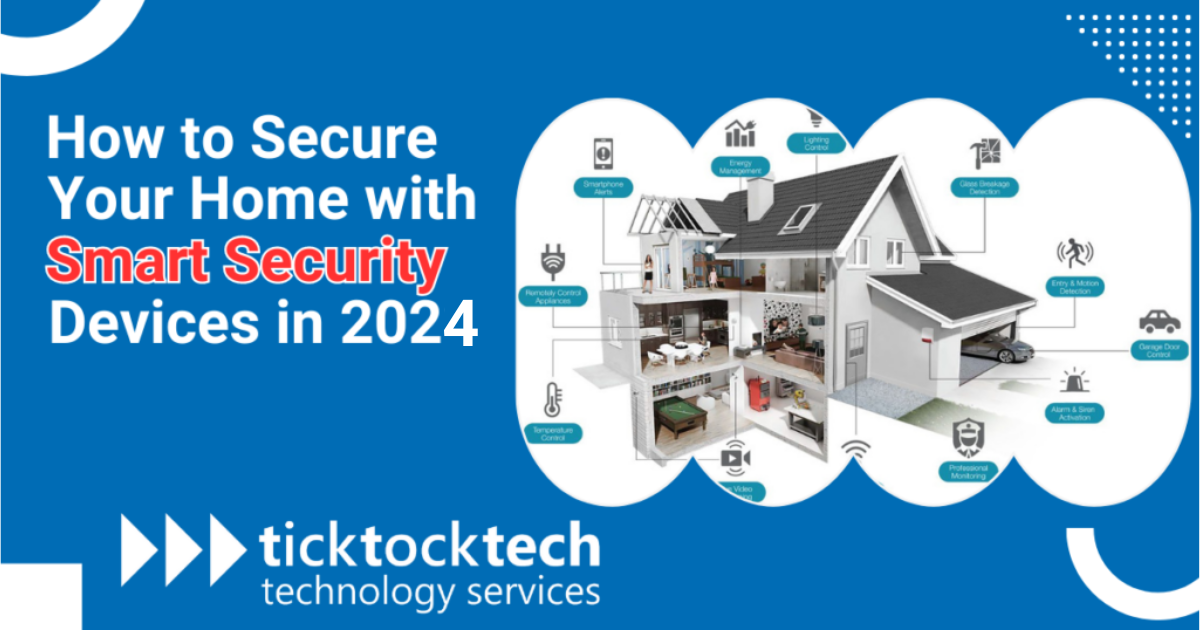Artificial intelligence technology has an impact on almost every new gadget being rolled out. The ability to make the control of gadgets easier while adding to its important features. Smart home devices cross across almost every appliance used at home nowadays. Living room, bathroom, kitchen, and even the general home security measures. Securing the home both when around and when not around is a top priority, especially for people living with kids, or a large house. Not only does this provide security while you are at home, but also alerts you while you are off the house.
Related: How to secure smart home devices in 2024
Right from your doorstep to your living room, and then to your bedroom, keeping records of live activities in this area are important in many ways. One of the best things about these smart home security is the fact that you will be able to; use voice control, 24/7 security control from anywhere, get a recording of activities, alert you of any strange movement, intelligently identify objects from people, and ultimately, perform all activities remotely. This is just a way to perfectly secure your home in a very modern and reliable way.
6 Ways smart home security devices will give you 24/7 Security
Combining different smart home security devices with proper integration between them will ensure complete home security. This will cut across all parts of the house, and every room available, and they will all be integrated within themselves and other smart home devices.

How will these help you completely secure your home 24/7 with proper intelligence? These include 24/7 Surveillance updates, AI identifications, Remote monitoring, Inter, and intra-device integration, and App & Smart controls; Voice assistance.
Related: How to Build a Google Smart Home in 2024
1. 24/7 Surveillance and Live updates.
Hardware and software technologies are combined in smart home security systems to provide live updates and 24/7 monitoring. The main hardware elements that are positioned strategically throughout your home to look for any unusual activity are sensors and cameras. You may access the security system remotely using a mobile app or online interface thanks to Wi-Fi and cellular connectivity, which enables the devices to transmit data to a central hub or cloud-based server.
Data from the sensors and cameras is stored, analyzed, and processed using cloud-based technologies, as well as artificial intelligence and machine learning to produce insights and spot potential security concerns. Finally, real-time push alerts and mobile apps are used to notify you of any security breaches or other incidents so you may take fast action.
2. AI identifications
AI identification is typically included in smart home security systems to provide more sophisticated and advanced security capabilities. By identifying and responding to potential threats based on patterns and abnormalities in the data gathered by the sensors and cameras, the integration of AI technology improves the accuracy of threat detection.
The system’s capacity for continual learning makes sure that it can adjust and react to various security risks over time. Another feature that some smart home security systems with AI identification offer are facial recognition, which adds an extra degree of security by recognizing and authenticating visitors. These cutting-edge features and technology combine to create a strong and dependable security system that provides constant home security.
See Also: What Smart home device works with Apple
3. Remote Monitoring
A key aspect of smart home security systems that contributes to round-the-clock home security is remote monitoring. With a smartphone app or web interface, you can access your security system at any time and from any location. By doing this, you can see your house in real-time and keep an eye on things while you’re gone.
As a result, gaining access to the live feed from the cameras installed in your house enables you to quickly identify any potential security concerns and take the required precautions to stop them. Furthermore, remote monitoring enables you to get notifications and alerts on your smartphone in real time so you can act quickly in an emergency.
4. Intra and Inter Device Integration
Smart home security devices can now function together without any issues, exchanging data and information to deliver a more complete and potent security solution. For instance, a sensor can activate the alarm system, switch on the lights, and turn on the camera to record the event when it detects motion or an open door. The integration may also make it possible to automate security procedures like lighting control and door locking and unlocking.
Related: Smart Home Gadgets and How they work
A seamless network of interconnected devices that cooperate to defend the home is created when smart home security systems are integrated with other smart devices. For instance, smart locks can be connected to security cameras and motion detectors to enable automatic locking and unlocking of doors as well as real-time monitoring.
Security systems can be linked with smart thermostats to enable immediate shut-off in the case of a fire or gas leak. Through these integrations, a complete security solution that is always on and operational is created.
5. Smart and App Control.
By enabling homeowners to remotely operate their security systems, smart control in home security gadgets can guarantee 24-hour home security. Homeowners can monitor their security systems with smart control and receive messages and alarms in real time on their smartphones or other smart devices. They can remotely arm and disarm the alarm system and change camera settings, among other security-related functions.
See also: 10 Best Google Smarthome Devices in 2023
This makes it possible for homeowners to stay in touch with their security systems and take prompt action in the event of a security danger, even when they are not at home. Smart control adds an extra layer of security and peace of mind, guaranteeing that the house is safe at all times.
6. Voice Assistance
For enhanced comfort and accessibility for homeowners, voice assistant AI technology can be linked with smart home security systems. Through voice commands, voice assistants like Apple’s Siri, Google Assistant, and Amazon’s Alexa can be used. This control and monitor a variety of smart home security devices, including smart locks, cameras, and alarms.
With the help of this integration, homeowners can operate their security systems hands-free and have another method of accessing and managing them, which is especially useful for people who require accessibility or mobility.
Steps to take for the Security of your home using smart home security devices
Having to use smart home security devices. There are steps to take when organizing and deciding on the best placements for complete security. Here are the steps to follow. By following these procedures, you may use smart home security equipment to guarantee that your house is safeguarded round-the-clock.
- Make a thorough evaluation of the security requirements for your home, then pick a smart home security system that satisfies those requirements. Take into account all the spaces and rooms that are available when accomplishing this.
- Install motion detectors and smart cameras in key spots all over your home to keep an eye out for potential security concerns.
- Establish alerts and notifications to ensure that you are informed right away if any suspicious activity is found.
- Create a comprehensive, always-on security system by integrating your smart home security devices with other smart home components, such as smart locks and thermostats.
- You can remotely monitor and manage your security system even when you are away from home by using smart control features.
- Update the firmware and software of your security system regularly to keep it safe from the most recent security risks.
- To prevent hackers from accessing your smart home security systems, use strong passwords and two-factor authentication.
What are the best smart home devices to use for complete home security?
Smart home security Devices best for complete home security include the Ring system, Blink cameras for outdoor and indoor smart surveillance, keyless smart lock, and more. When connected to an AI hub, they can be managed verbally or through an app. Additionally, when a person or object approaches at an odd hour, the sensor ability sends out an alert. You can get them placed in each room while integrating them.
1. Ring Security System
A self-contained alarm system that updates home hubs or the Ring app to send notifications to your phone anytime a security condition does. With a simple keypad that integrates with your house and has tiny contact sensors and emergency buttons.

Fit for multi-room homes, like those with 1-2 bedrooms. Additionally, the Ring Security System includes a mobile app that allows you to monitor your home from anywhere and receive real-time alerts.
Related: 12 Must have Computer and PC Accessories for every home in 2024
If you have an Amazon home hub or a comparable device you can speak to Alexa to control your gadgets without needing an app. With AI, you can use your voice to control a ring alarm and receive a smartphone. Notification of smoke or broken glass alarms.
2. Blink Indoor and Outdoor Security Cameras
A device that enables you to use your smartphone to see, hear, and converse with people and animals inside your home. They come in two versions, which can either be placed inside the home or outside. Though quite similar features, the outdoor version is more sophisticated, of course, it will be outside for a long. Motion-detecting clear 1080P HD indoor plug-in security camera for a suitable day and nighttime home security.

A security and alarm signal is delivered to a smartphone when motion is detected. Apps or the Echo Alexa AI home hub can be used to design unique motion detection zones. Furthermore, the outdoor model of the wireless, battery-operated HD security camera not only provides crystal-clear home surveillance day or night with infrared night vision, but it is also designed to be waterproof, dustproof, and sunlight resistant, making it ideal for any outdoor setting.
3. Keyless Smart Lock
A device that goes beyond a simple lock allows you to lock, share access, and view logs of who entered. Consists of a mechanical key, a 360-degree fingerprint ID, an anti-peep keypad, and shake-to-open technology. Also enables auto unlock (when the door is closed), and additional lock and unlock settings.

Whenever someone enters using the smartphone app with built-in WiFi, you will be informed. For lifetime access, wirelessly distribute your eKey to your family and friends. Shared eKeys may be subject to limitations based on usage dates or hours. They include support for voice control with Alexa and Google Assistant commonly. Also by extension, connectivity with the Samsung Smartthings, IFFTT, and Apple watches.
4. Video Robot for Nook and Cranny Security
A moving, controllable scout robot that is available 24 hours a day to inspect every crevice of the house. These involve checking on young children in places where surveillance is not present. You can monitor your home from a distance with two-way audio and no blind spots thanks to its scouting abilities.

You may set and manage the four-wheel drive routes using your smartphone. This will keep track of the whereabouts of persons and animals. By using the scratch programming UI of the included software. You can create new commands for the robot. additionally, works with voice-activated AI assistants like Alexa, Google Home, and Siri.
See Also: Best Cheap Smart Home Devices
You can just make sure you get any product that has the range of these security systems. This includes similarity in functions and purpose, which are interactable with other smart devices.
Conclusion
The employment of artificial intelligence technologies in smart home appliances has improved the effectiveness and dependability of home security. Homeowners may guarantee 24/7 total home protection with the integration of various smart home security equipment. Also, proper inter- and intra-device connectivity.
The six methods that smart home security systems offer round-the-clock security are voice assistance and remote monitoring. Also, AI identifications, inter- and intra-device integration, smart and app control, and 24/7 surveillance and live updates. These features make sure that homeowners can keep an eye on their properties and act quickly against security dangers. In general, smart home appliances have transformed home security, making it more practical and reachable.

